I haven’t blown up a gun, but I know it happens every day. Usually, reloaded ammunition is a part of the equation when a gun goes “Kaboom”. Reloading ammunition is a serious responsibility and isn’t without danger. Perhaps that’s part of the appeal- you’re literally working with explosives and building ammunition. While it’s possible to blow up your gun even from a momentary slip-up, there’s good news. If you follow some basic reloading and shooting safety guidelines you can most likely avoid such catastrophes. This article is focused on pistol calibers (like 45 ACP) that have low load density (significant air space in cartridge), but the principles apply to most any reloading/shooting scenario. Hopefully this article helps keep you, your bystanders, and your guns safe!
Part 1: Be Sure of Your Load Data and Components
When you set out to start a reloading session, you’ll typically start with some research or at least reference checking. Here are some pre-loading activities and checks that will ensure you have the right recipe and ingredients:
- Get a pad of paper, write the cartridge you will be loading- be SPECIFIC (Example: 357 Magnum brass, 38 Special load)
- Research or reference your records to determine the load you’ll be loading including brass, bullet, primer, powder, bullet seating depth.
- Write down all of the specifics on your pad including starting/max powder charge as well as the powder charge for the loading session.
- Cross reference load data between at least two sources, ensure your load falls in the “safe range”.
- Determine the cartridge overall length (COL) for the exact bullet you’re using using a load manual as reference. For pistol rounds like 45 ACP or 9mmm Parabellum a slight change in seating depth can have a large effect on peak pressures.
- Find the components you’ll need for the loading session, and keep them together. Double check the components (Example: make sure magnum small pistol primers aren’t being used for standard pistol primer loads).
Part 2: Safety While Loading
Once the research and prep are out of the way, it’s time to load some ammunition. Before and while loading, it’s critical that you observe the following precautions and checks. It’s not worth it to risk a problem at the range.
- Clean a clear area where you’ll be loading. Ensure there are not multiple powders or primer types on the bench. Only the components you are using for the EXACT LOAD you’ll be loading should be near the press.
- Ensure the press is emptied of components not being used for your current loading session.
- Load the press with powder and primers- make sure components are next to press, or press/powder-measure are labeled, or both.
- Ensure that the load you wrote down and the components you loaded the press with agree (same components).
- Use an auto-indexing press if possible. This will GREATLY lower the likelihood of a double-charge.
- Use a case gage to check your cartridge dimensions.
- Double-check your COL for the press as it is setup. Ensure bullets aren’t seated too deep.
- Use a powder checking system like the RCBS Lock-Out Die, the RCBS Powder Checker, or the Hornady Powder Cop Die.
- ALWAYS do a visual powder check before placing bullets. Consider a lighting system for your press like the KMS Squared UFO system.
- Use a bulky powder like Hodgdon/IMR Trailboss to prevent the possibility of a double-charge.
- If something doesn’t feel right while loading, STOP. Check every station, and toss any suspect cartridges in the “scrap/tear-down” pile.
- Periodically check your powder charge on a scale.
- Ensure the ammunition boxes you load with reloaded ammunition are properly labeled with ALL specifics: Date, cartridge, powder and charge, primer, bullet, COL, and any other data you need for you records.
- Avoid distractions while loading, don’t drink alcohol while loading, and of course don’t smoke.
In this picture you can see just how easy it is to see a bulky powder like Hodgdon/IMR trail boss in a 45 ACP case, made even more clear with the KMS Squared UFO lighting system:
And here’s a comparison of Trailboss next to a less bulky powder, CFE Pistol:
There are two safety aspects to using a bulky powder like Trailboss: it’s easier to see, and it won’t allow a double-charge in most cases (from a volume standpoint).
Part 3: Safety While Shooting
A super-important part of the process of reloading your ammunition is shooting it. With care and attention you can avoid costly mishaps while shooting. Here are a few things to do at the range:
- Keep ammunition of a particular caliber with guns chambered in that caliber. Double check that you are loading the proper ammunition into magazines or the cylinder for the firearm in question.
- Double check that you aren’t shooting hot ammunition in a firearm that can’t handle it (Ex: +P ammunition in a vintage firearm).
- If something doesn’t sound or look right, STOP! If you shoot a squib load (and stop shooting), you can prevent damage to the firearm by not “stacking” a second bullet in the barrel. If brass is ejected in a different direction, take note and investigate.
- If you encounter an issue while shooting, use patience and don’t force anything (slide, etc). Take the time to properly inspect the firearm or have it inspected by a gunsmith.
- If you have any doubts about the ammunition or firearm you plan do shoot, don’t proceed. Wait and investigate further before shooting.
While this set of “checklists” isn’t absolutely comprehensive- if you follow these guidelines you’ll be MUCH less likely to have a problem. And to me that’s what a good day at the range is all about: everyone has a good time, and everyone (guns included) comes home safe. Do you have safety tips to share related to reloading and shooting pistols? Please share!
Thanks,
Gavin
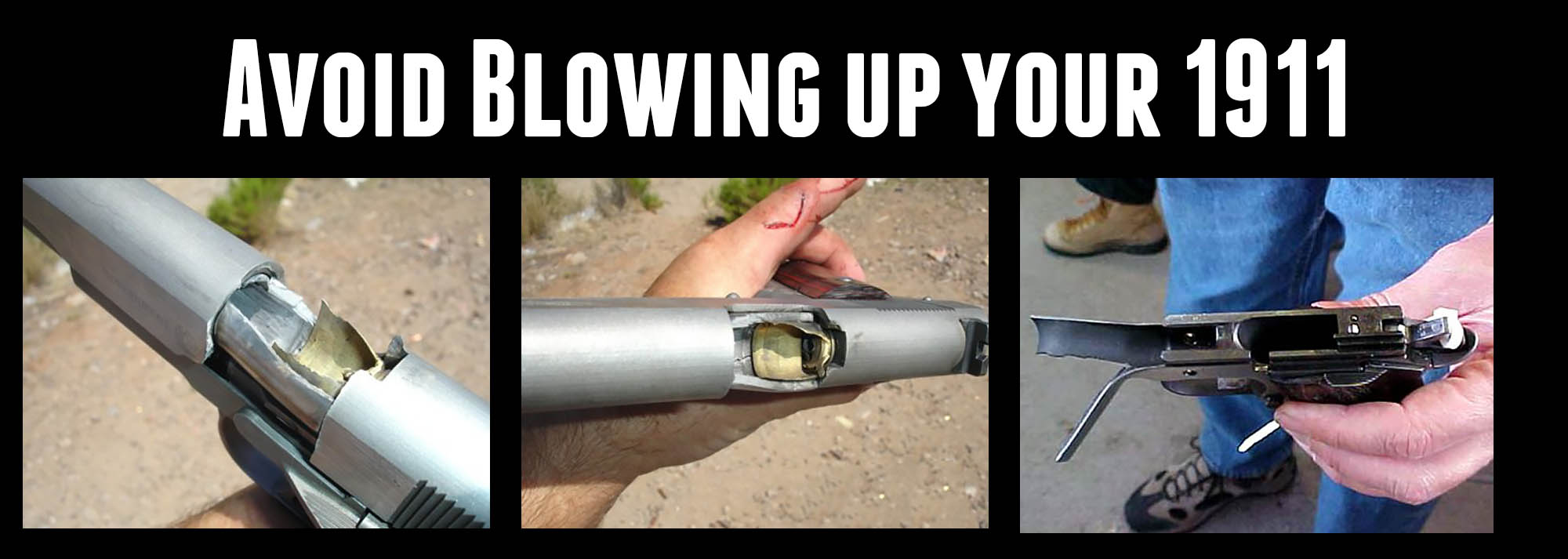
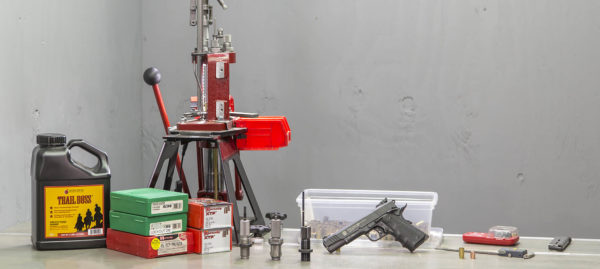
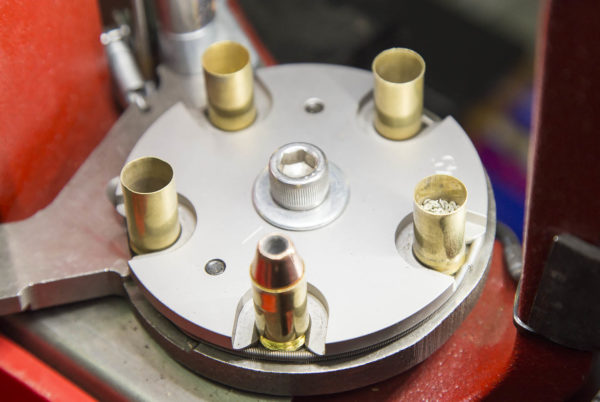
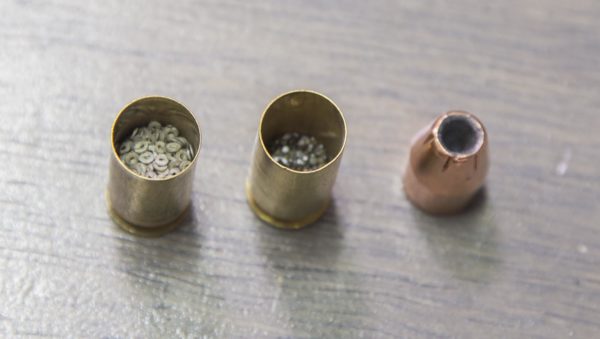
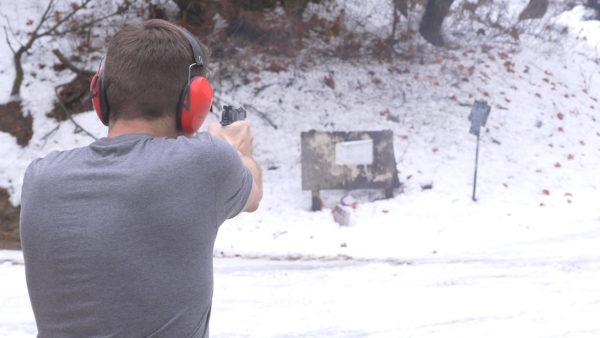


















































































19 Jan 2018. An additional step I take that addresses accuracy and proper load is weight. I weight each round after I have finished with it. I use a Dillion 550. In the finished round bin I will run about 50 or so then run each round through a case gage and weight it as well as quick OAL double check. All important issues. I do this with everything I load which is about 8 pistol, revolver and rifle calibers. Great video Gavin. What you have laid out is important for any seasoned reloaded but particularly important for a new or inexperienced reloaded. Should be required watching.
I agree! Weigh EVERY charge, EVERY completed round, and check COAL on EVERY round BEFORE attempting to “blow up” your valued firearm!
Gavin, nice to see a back to basics blog now and again. Every reloading session starts with the basics and sometimes we forget that, “Advanced” reloading is the basics “mastered”. Sure that a lot of people following you got their first press for Christmas and are just now getting things rolling along. Never stop learning or asking questions.
Another great video, Gavin! You have become a “go to” for my reloading education and there is solid advice in your videos. Keep it coming!
Another couple of 45 ACP suggestions based on lots of USPSA and IDPA shooting:
1) Double check your powder loads for the bullet you are loading for; lead, Cu jacketed, moly coated, or poly coated-each have different powder weights.
2) CHECK YOUR once fired BRASS! Any questions chuck it! Save yourself the pain and suffering LITERALLY!
3) Seat your primers well! slam fires can occur in 1911’s.
4) Watch how much you bell the mouth of the case. “Over” belling can weaken the case lip and cause cracks to form. “Under” belling and the back side of the bullet is scrapped off and loses accuracy.
5) Case gage check EVERY LOADED round! If it does not chamber correctly, chuck it.
Good common sense suggestions. Thank you.